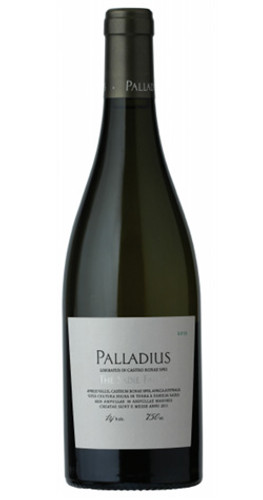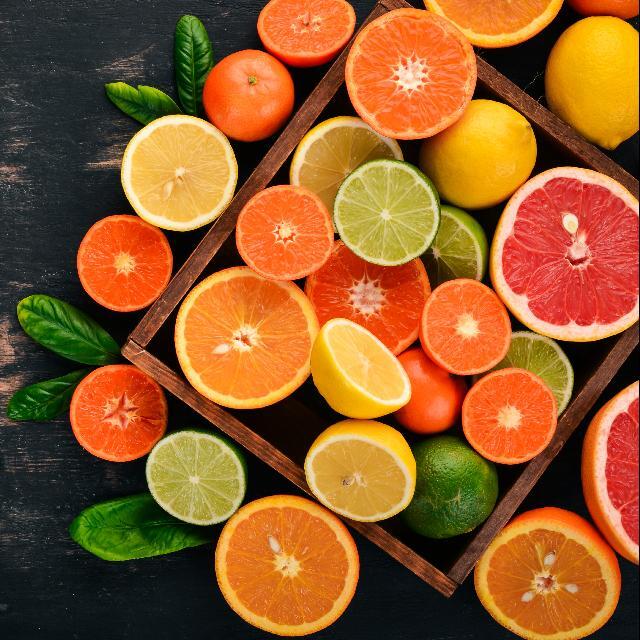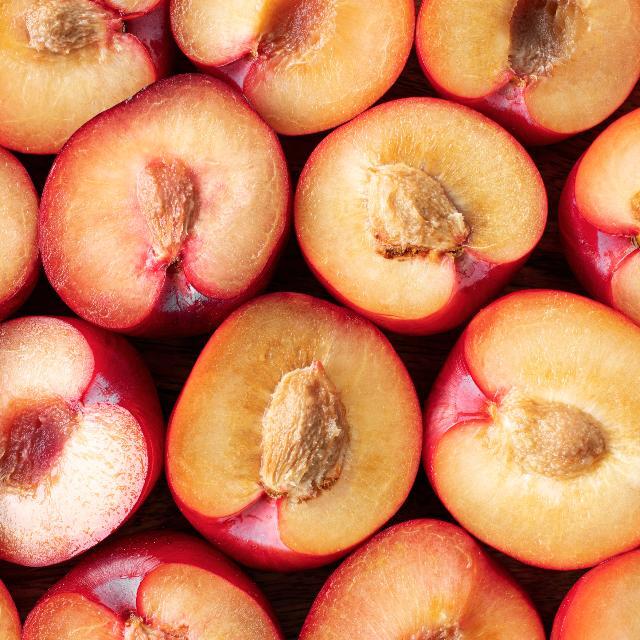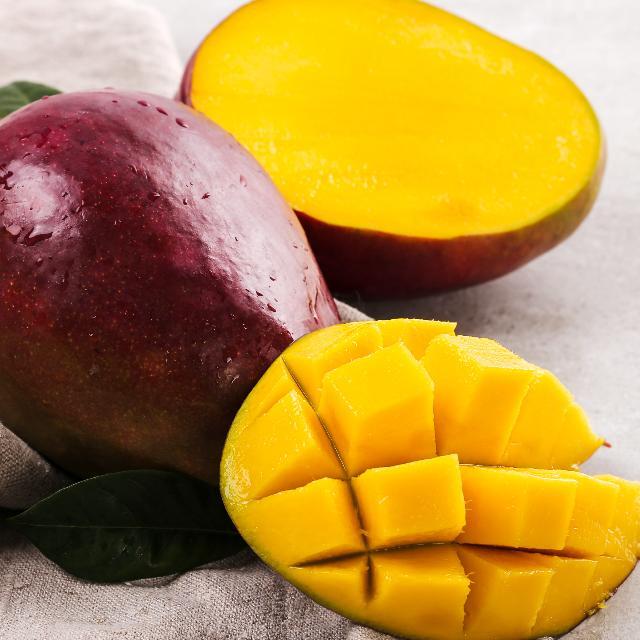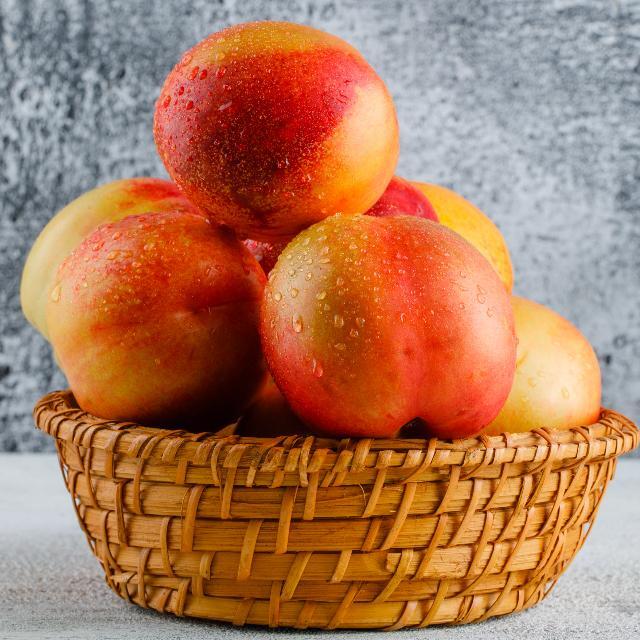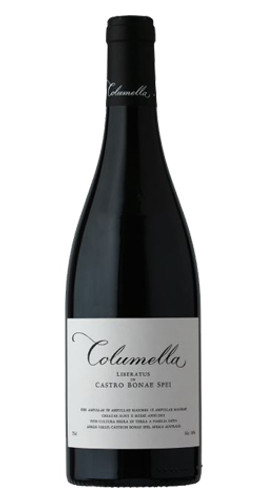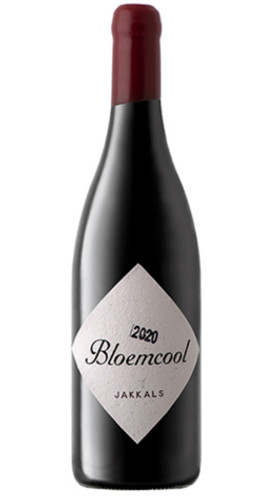The 2020 Palladius displays for the first time in many years a cordial lime, citrus and zesty entry point on the aromas that follow through and then develop into mineral/ salty qualities that spill over into some secondary white stone fruit aromas. For the first time, these stone fruit aromas made their appearance in the 2019 bottling.
The wine has a firmly textured structure, the tannin is exceptionally compact, and the volume seems to be suspended in its weight. The color of this 2020 Palladius is maybe the most striking in that it is perhaps the brightest and freshest it has been in years, especially for a wine that has been in a 24-month aging cycle in concrete, amphora and cask.
The wine has a firmly textured structure, the tannin is exceptionally compact, and the volume seems to be suspended in its weight. The color of this 2020 Palladius is maybe the most striking in that it is perhaps the brightest and freshest it has been in years, especially for a wine that has been in a 24-month aging cycle in concrete, amphora and cask.
The grapes are picked across a great many vineyards and taken into our cold room on arrival at the cellar. The next day the grapes are sorted and the whole bunches go into the press. The pressing lasts 2 - 3 hours and in that period a margin of settling of the juice takes place in the collecting tank.
The turbid juice is then transferred to concrete eggs of 725 liters and 400 – 1200 liters clay amphoras for the next stage of natural fermentation. The fermentation temperatures in the clay amphorae and the concrete eggs are very constant and we only control the ambient temperature at around 18 degrees throughout the season. Each wine basically ferments in its own time – in some cases it may take up to 18 months - and every vineyard is fermented in the same vessel every year.
Winemaker : Eben Sadie
The turbid juice is then transferred to concrete eggs of 725 liters and 400 – 1200 liters clay amphoras for the next stage of natural fermentation. The fermentation temperatures in the clay amphorae and the concrete eggs are very constant and we only control the ambient temperature at around 18 degrees throughout the season. Each wine basically ferments in its own time – in some cases it may take up to 18 months - and every vineyard is fermented in the same vessel every year.
Winemaker : Eben Sadie
Eben Sadie is considered one of the great preservationists and visionaries in the new generation of South African winemakers. To Eben, the vineyard and fruit are part of the story—the truest expression of his art and philosophy.
The wine writer Neal Martin recently called Sadie an “outspoken, peripatetic, terroir-obsessed winemaker who has been instrumental in putting Swartland on the map. He produces a small portfolio of comparatively expensive, but highly coveted wines based on Rhone varieties sourced from his seemingly never-ending search for pockets of old bush vines and unique terroirs. These are cerebral wines built to age.”Sadie was founded in 1999, first wine was released in 2000.
The wine writer Neal Martin recently called Sadie an “outspoken, peripatetic, terroir-obsessed winemaker who has been instrumental in putting Swartland on the map. He produces a small portfolio of comparatively expensive, but highly coveted wines based on Rhone varieties sourced from his seemingly never-ending search for pockets of old bush vines and unique terroirs. These are cerebral wines built to age.”Sadie was founded in 1999, first wine was released in 2000.


